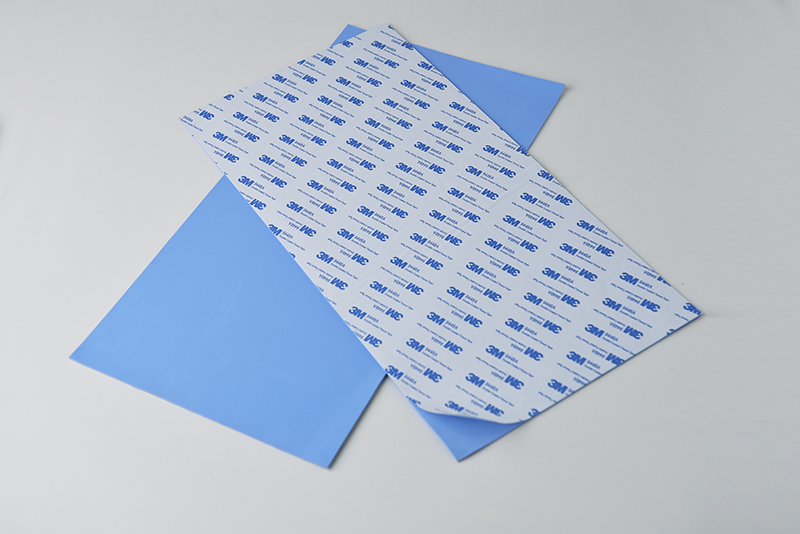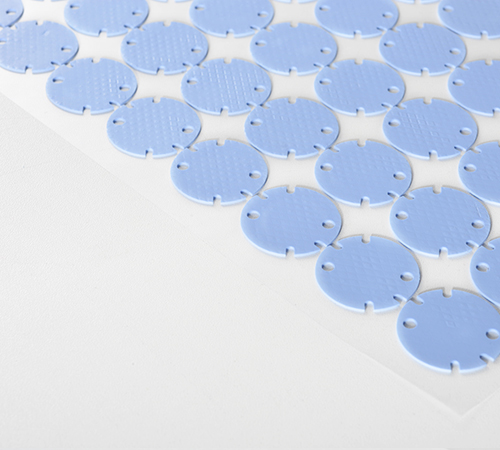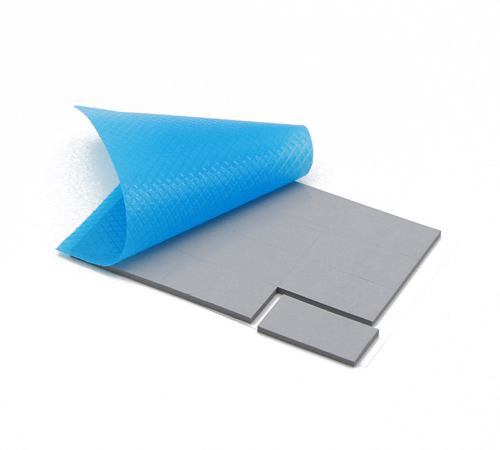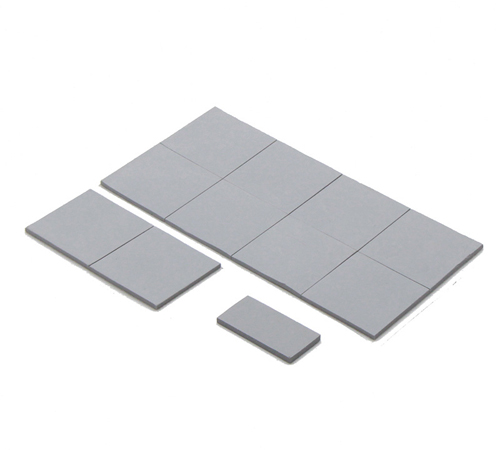What Is The Thermal Expansion Coefficient of Thermal Pads?
Author:NFION
Date:2024-06-13 17:40:48

In the design and manufacturing of modern electronic devices, thermal interface materials play a crucial role. Among these materials, thermal conductive silicone pads stand out due to their excellent thermal performance, flexibility, and insulation properties. They are widely used in thermal management and electromagnetic compatibility applications. However, understanding their physical properties, such as the thermal expansion coefficient, is essential to ensure the long-term stability and reliability of the product.
Definition of the Thermal Expansion Coefficient
The thermal expansion coefficient (TEC), also known as the coefficient of linear expansion, measures the extent to which a material's size changes with temperature variations. Specifically, materials expand when the temperature rises and contract when the temperature drops. The thermal expansion coefficient is typically expressed as the linear expansion per degree Celsius (℃), with units of 1/℃ or ppm/℃ (parts per million per degree Celsius).
Thermal Expansion Coefficient of Thermal Conductive Silicone Pads
The thermal expansion coefficient of thermal conductive silicone pads is a critical performance parameter. Since these pads are primarily used for heat dissipation in electronic components, their thermal expansion coefficient directly affects their performance in practical applications. The thermal expansion coefficient of thermal conductive silicone pads generally ranges from 100 to 300 ppm/℃. The specific value depends on factors such as the composition of the silicone, the type, and proportion of the filler materials.
Factors Affecting the Thermal Expansion Coefficient of Thermal Conductive Silicone Pads
Material Composition
The main components of thermal conductive silicone pads are silicone and thermal conductive fillers. Silicone itself has a relatively high thermal expansion coefficient, while fillers (such as aluminum oxide, boron nitride, etc.) typically have lower thermal expansion coefficients. By adjusting the type and proportion of fillers, the overall thermal expansion coefficient of the silicone pad can be effectively controlled.
Particle Size and Distribution of Fillers
The particle size and distribution of the fillers also impact the thermal expansion coefficient of the silicone pads. Smaller and more evenly distributed filler particles can form a tighter structure within the silicone matrix, reducing the extent of thermal expansion. Additionally, the uniformity of filler distribution affects the stability and uniformity of the silicone pad during the heating process.
Manufacturing Process
The manufacturing process of thermal conductive silicone pads, including mixing, molding, and curing, also affects their thermal expansion coefficient. For example, the uniformity during mixing and the temperature and duration of the curing process can influence the microstructure and performance of the final product.
Environmental Factors
Environmental factors such as humidity and oxygen concentration can also have minor effects on the thermal expansion behavior of materials in certain situations.
Impact of the Thermal Expansion Coefficient on the Performance of Thermal Conductive Silicone Pads
Thermal Stability
The thermal expansion coefficient directly influences the thermal stability of the silicone pads. In practical applications, these pads need to withstand frequent temperature changes. If the thermal expansion coefficient is too high, the silicone pad will undergo significant dimensional changes during temperature fluctuations, potentially leading to interface delamination, increased mechanical stress, and impaired heat dissipation efficiency and device stability.
Mechanical Properties
The thermal expansion coefficient also affects the mechanical properties of the silicone pads. A high thermal expansion coefficient may cause the silicone pad to undergo significant deformation during temperature changes, impacting its flexibility and mechanical strength. This is particularly important for applications requiring frequent assembly and disassembly.
Reliability
For electronic devices that need to operate reliably over the long term, the thermal expansion coefficient of the silicone pads is directly related to their reliability. The better the match between the thermal expansion coefficient and the other materials inside the device, the longer the lifespan of the silicone pad and the higher the overall reliability of the device.
Conclusion
The thermal expansion coefficient of thermal conductive silicone pads is a key performance parameter that affects their thermal stability, mechanical properties, and reliability. Understanding and controlling the thermal expansion coefficient is crucial for enhancing their effectiveness in dissipating heat from electronic components. By optimizing the material composition, filler particle size and distribution, and manufacturing processes, the thermal expansion coefficient of thermal conductive silicone pads can be effectively controlled, thereby improving their performance and reliability in practical applications.
 CN >
CN >



